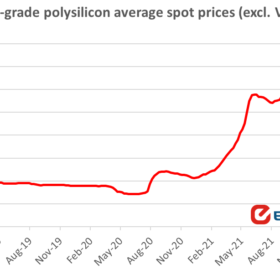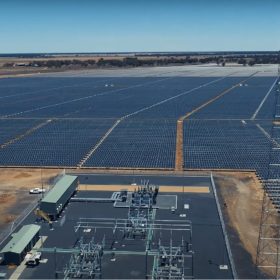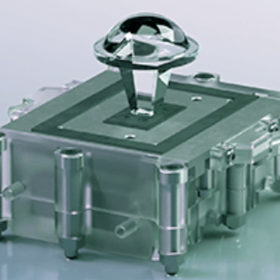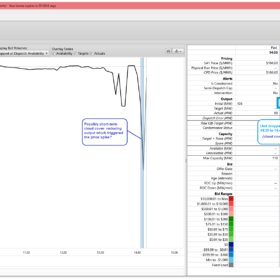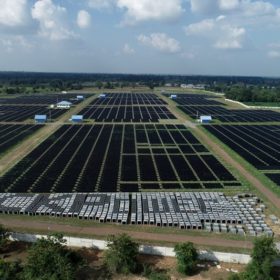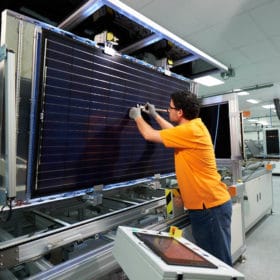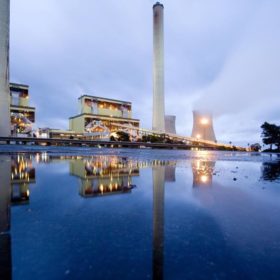“I’m an All-Pro [coal plant]… You’ll never be more than a replacement player!”
The potential early retirement of Eraring has been the talk of the market the past week. Many of our customers have been asking what the impacts of the retirement might be on the acceleration or development of new renewable capacity in NSW and potential storage projects. In this Chart of the week, we look at the effect of the lost generation from Eraring and how that capacity might be filled.
Polysilicon price fluctuations expected to continue until late 2023
Two industry experts have provided analyses of the current polysilicon price scenario in a chat with pv magazine and both agreed that polysilicon demand is still growing faster than supply. The price may decrease starting from the second quarter and reach more reasonable levels by the end of the year.
NSW councils sign $180m renewable energy supply deal
A cohort of 25 New South Wales councils has signed a renewable energy supply deal worth an estimated $180 million that will see the local government associations supplied with electricity sourced from three of the state’s large-scale solar farms.
Hydrogen Stream: Brits approach Australia to boost bilateral cooperation, Aussie engineers join asset-building consortium
Looking to deepen their hydrogen collaborations, the UK government last week spoke with Australian politicians. Meanwhile Australian engineer Worley has entered into an MoU with ABB and IBM to develop an “integrated, digitally enabled solution for facility owners to build green hydrogen assets more quickly, cheaply, and safely.”
Price spike in SA – (perhaps) because of sudden drop in output at Bungala Solar Farm?
Today in South Australia, the market appears to have received a reminder that National Electricity Market Dispatch Engine (NEMDE) is technology agnostic, and that all types of technologies can experience their own challenges leading to price volatility.
Thailand’s CK Power set to double in size through 2.8GW renewables investment
One of Southeast Asia’s biggest generators of renewable electricity, Thailand’s CK Power, is set to double in size over the next three years after announcing plans to add 2.8GW of new renewable electricity generation, including a ten-fold increase in its solar capacity.
Australia’s only panel manufacturer enters utility market with ‘world beating’ module
Tindo Solar, Australia’s only solar panel manufacturer, has launched its first module designed specifically for utility-scale projects, the 545W Karra module. Australia-made, the module boasts a 23.1% cell efficiency with a low cell-to-module loss rate of 0.07%.
The battle for AGL heralds a new dawn for Australian electricity
Two events in the past week mark a watershed for Australia’s electricity industry.
Major installer’s home battery sales surge by 400%
Australian company Natural Solar has seen a 400% increase in battery installs across Australia within two years. The company’s CEO Chris Williams told pv magazine Australia that Victoria has led demand, growing 350% in the second half of 2021 alone. Williams believes the surge has been driven by several compounding factors.
Climate-driven billionaire to pursue AGL takeover despite board rejection
AGL has this morning rejected an “unsolicited” $8 billion takeover bid from software billionaire Mike Cannon-Brookes’ Grok Ventures and Canadian fund manager Brookfield. Cannon-Brookes described the consortium as “disappointed” by AGL’s decision, saying it will continue to “move forward” with the bid which would dramatically accelerate coal retirements in Australia.

